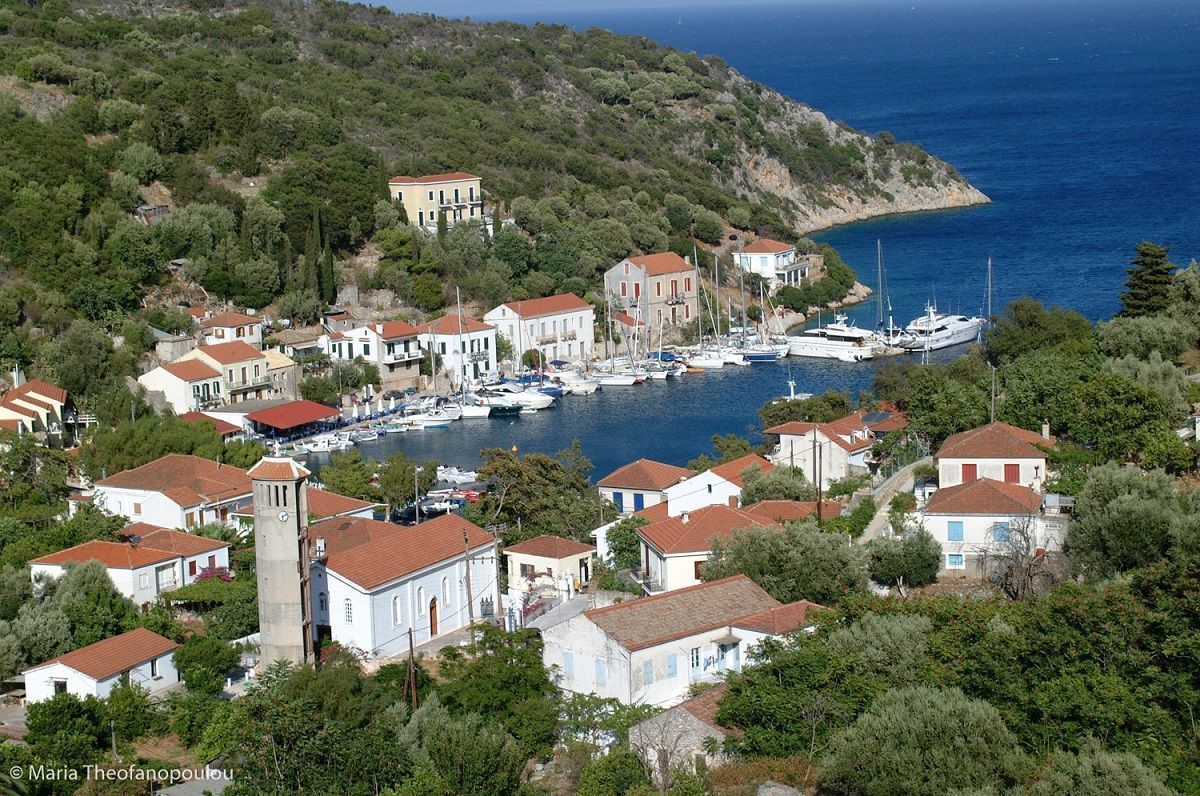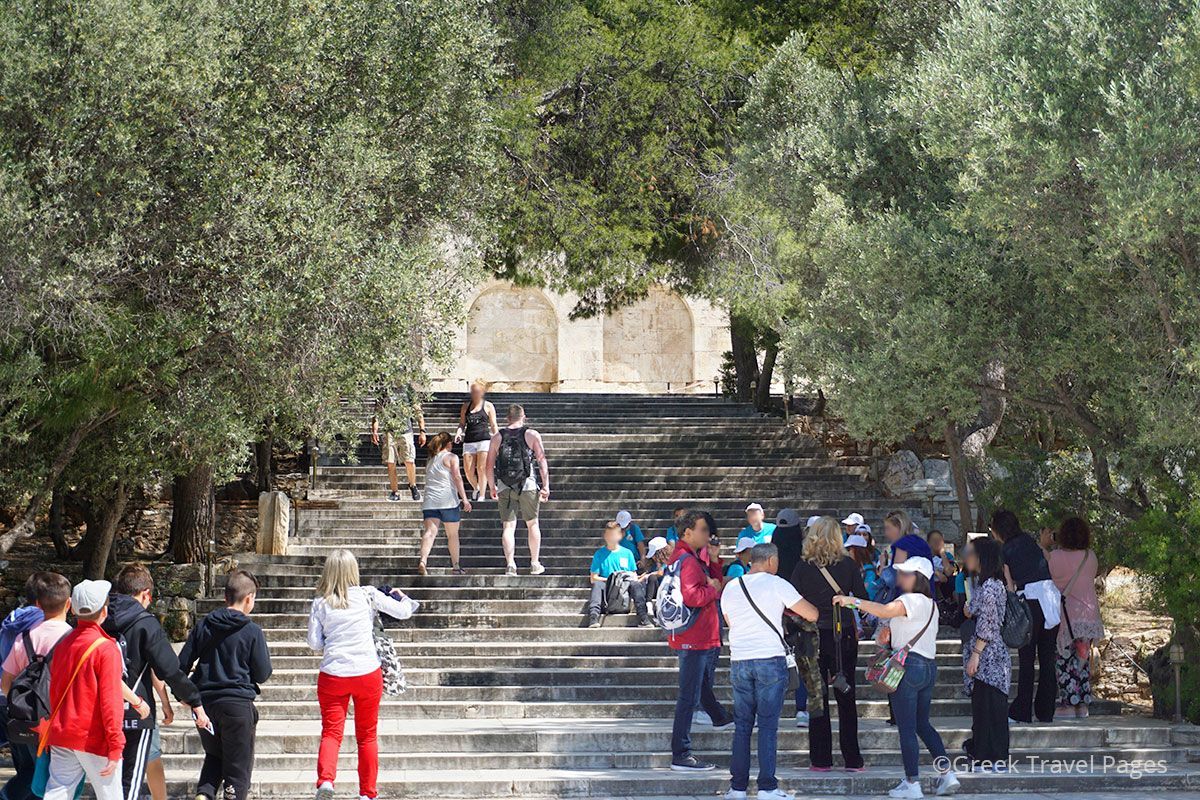BoG: New Actions Needed to Maintain Greek Tourism Dynamic

Greek tourism stakeholders and policymakers need to coordinate and take action in order to tap into the positive momentum of a sector that is among the country’s key growth generators, the Bank of Greece (BoG) found in its mid-term report covering the developments and potential of inbound tourism over the 2010-2019 period.
More specifically, according to the report, the number of arrivals from EU countries accounted for 65 percent of tourism to Greece in the 2010-2018 period, 37 percent of which came from the eurozone. In terms of revenue, 68 percent was generated by EU nationals.
Main source markets in the 2016-2018 period were Germany, the UK, France, Italy, the US, and Russia, accounting for 36.4 percent of all arrivals and 51.5 percent of all receipts.

At the same time, the sector’s contribution to GDP increased over the last decade, reaching 8.7 percent in 2018 from 4.3 percent in 2010, against the eurozone average of 2.5 percent.
Seasonality remains to be a main issue of concern for Greek tourism policymakers as demonstrated by BoG findings that 85.4 percent of all arrivals in the 2010-2018 period were recorded in the 2nd and 3rd quarters with 3.9 percent occurring in the first quarter and 10.7 percent in the fourth.
The leading reason of travel for 83 percent of those visiting Greece was for leisure with family travel marking a rise and business travel recovering lost ground since its decline 2015.

The report goes on to note that tourism is also among the leading sectors attracting investments which together with Greece’s strong position as an international tourism destination of choice are driving growth.
The report’s analysts underline that policymakers should now focus on launching new actions and measures that will improve the quality of the tourist product with a goal to extend the tourist season, attract investor interest, and diversify the sea and sun model to promote other regions in the country.
At the same time, tourism policy should aim to attract higher spending travelers while strengthening the competitiveness of the tourism product in terms of pricing.




